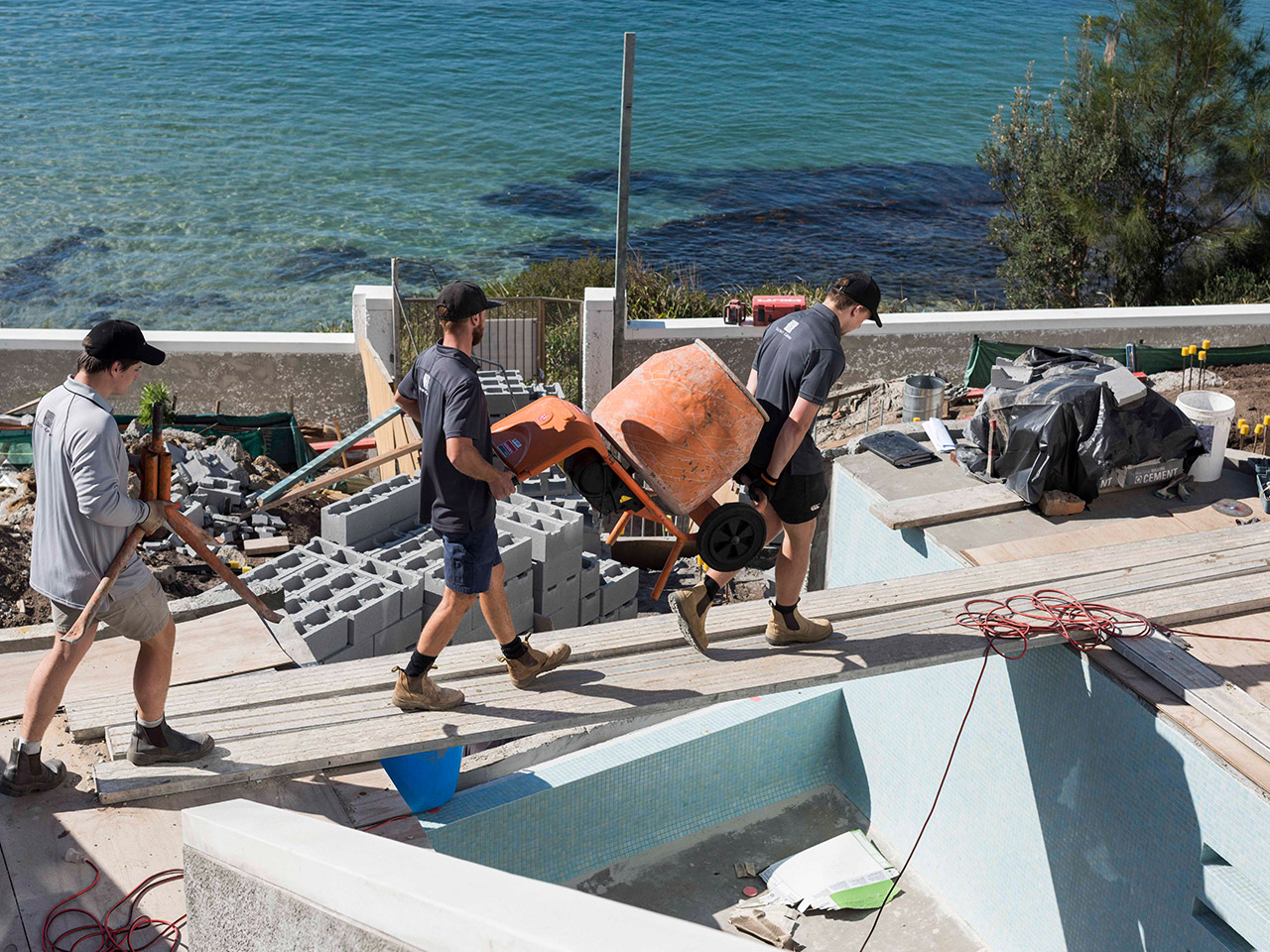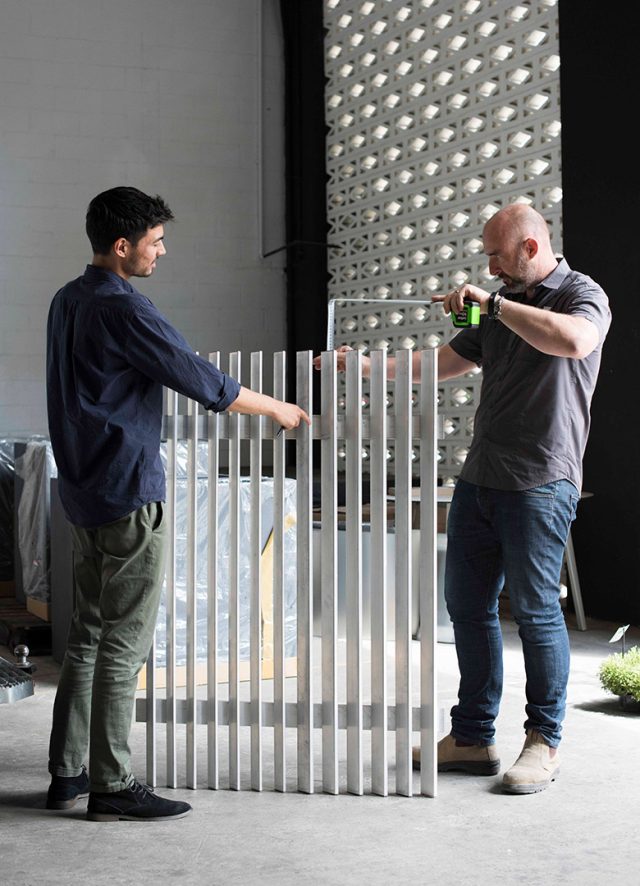For a generation accustomed to reality TV shows where backyards are apparently transformed from bland to blissful in a matter of days, it can come as quite a shock to some when their outdoor project runs into weeks or months. But if you’re looking for a quality outcome that will bring you long term pleasure and a strong return on investment, that’s what it takes, says Secret Gardens director Matt Cantwell.
After the arduous process of renovating or building a house is complete, he says it’s tempting for homeowners to think that the bulk of the work is over

For a generation accustomed to reality TV shows where backyards are apparently transformed from bland to blissful in a matter of days, it can come as quite a shock to some when their outdoor project runs into weeks or months. But if you’re looking for a quality outcome that will bring you long term pleasure and a strong return on investment, that’s what it takes, says Secret Gardens director Matt Cantwell.
After the arduous process of renovating or building a house is complete, he says it’s tempting for homeowners to think that the bulk of the work is over.
“There is a misconception that once a house is done, then the outdoor space is the easy part but people underestimate how complex the garden can be”
“There is a misconception that once a house is done, then the outdoor space is the easy part but people underestimate how complex the garden can be,” says Matt.
Ideally, the house and garden would be designed, and often even built, concurrently.

“That happens in many cases, but we also see where work on the house has begun and the owners want to start on the garden but they were never advised of the ramifications of their plans on the completed work.”
Whether the client is renovating or the garden is a standalone project, the first stage is the concept phase where the owners and the landscape design team put their heads together to come up with what can be a detailed plan. Matt says the whole process will be much easier if the clients have already prepared a brief and have some idea of how much they want to spend before the landscape professional shows up.
“It’s important that both partners have discussed the brief, even if they don’t completely agree on what it is,” he says. “To at least have discussed it is a good move.”

While the budget is clearly a key part of the project, Matt says it does not necessarily drive the design.
“If we design to budget only, we may not be meeting the brief,” he says. “You do need to design with the budget in mind but it’s not always easy to understand in the early stages what the clients’ needs are.”
For this reason, it’s critical that both homeowners put the time into the design phase, attending as many meetings together as possible so that everyone is across what will be delivered and how much it will cost. It’s during this phase that detailed drawings will be prepared for the project, whether it falls under Complying Development legislation (which does not require council approval) or a traditional Development Application (which will need to go to council). Matt says this first phase can take a while – often three or four months – as the homeowners provide feedback and, where applicable, plans are prepared for council.
Once the council has approved the DA, the process of preparing detailed construction drawings and obtaining the construction certificate can begin. While elevations and plan views are part of the DA submission, the construction drawings include details of landscape structures such as pergolas, steps, gates, lighting plans and detailed planting plans.

“It’s very similar to the building process,” Matt says. “In fact, sometimes the path to building a new home can be an easier one in terms of the approvals process. It depends on the style of the project.”
If site access is tricky, for example on inner city blocks where there are boundary walls on all sides, the complexity of the project increases, which may add to costs and the length of time to complete it. Approval times will vary according to councils, which may take a matter of weeks or months.
The last stage is where the real action begins. If the project is ‘soft works’ and doesn’t require construction, it could be completed within a few weeks. For something more complex, including excavation, hard landscaping like paving or major construction of a pool, a patio, decking or steps, it is likely to run into months or even a year. Keep in mind that a long stretch of wet weather will slow down the job as well.
COVID has resulted in unprecedented demand for landscaping services and delays with materials which have caused further delays.
“Everyone is very busy right now,” says Matt. “For larger projects, there’s a six to nine-month wait before we can start, but we can use that time to take the client through the concept and approval phases.”
It may feel like an exercise in patience but this is one time where it’s definitely worth the wait.
Back to nature
- Have an idea what you want to achieve before your landscape professional arrives. Even if you don’t agree, it will provide a starting point for discussion.
- If you’re struggling for ideas, look around your neighbourhood or recent sales in your area to see what similar property owners have created.
- Consider how much you want to spend but be prepared to be flexible to meet your brief.
- Expect delays, especially in Sydney where a period of wet weather or a slow council process is almost inevitable. You will save yourself a lot of stress.
- If you’re thinking you want to get moving in the next six or 12 months, start now. As we power out of COVID, demand for landscape services is high.


